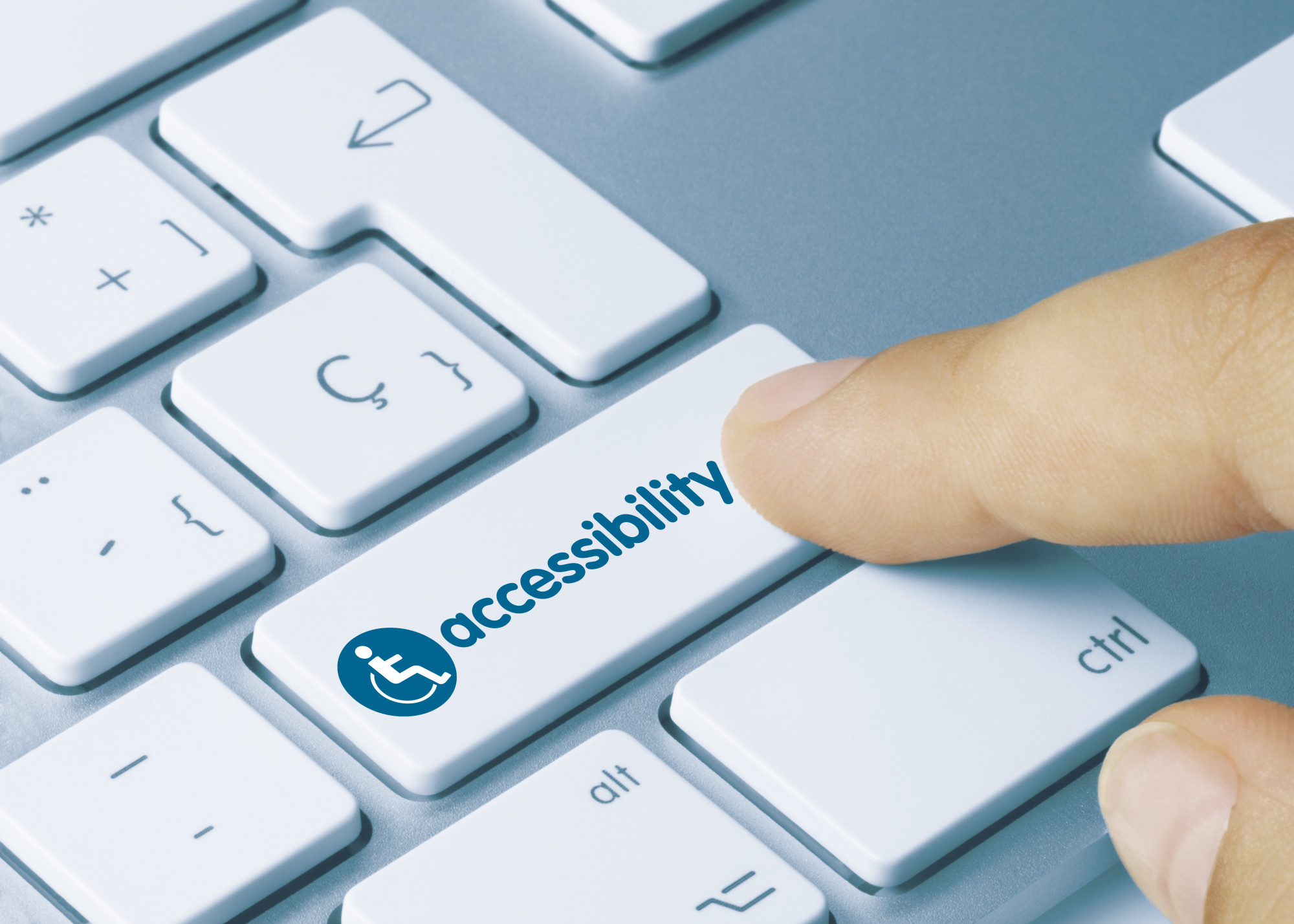Attempting to improve website accessibility? Want to make sure that your site works great for people who have a disability or impaired vision?
If you want to reach as many people as possible with your website, it’s important that you keep all types of visitors in mind. Many people use accessibility tools when browsing the web, and if you haven’t prepared well, they may have a tough time navigating your site.
If you want to make things easier for website visitors, keep reading. Be sure that you start using the tips below if you want to improve your website design’s accessibility.
1. Ensure Your Site is Keyboard-Friendly
The first thing that you should do to improve your site’s accessibility is to make sure that it is as keyboard-friendly as possible.
It’s important that visitors to your site are able to navigate it using the keyboard alone. This is because a site that is keyboard-friendly will work well with accessibility tools, such as those made for the visually-impaired.
You’ll especially want to ensure the tab key works well for navigating your site. Be sure to set the tab key’s functionality on your site and choose the order in which the elements of your site can be navigated.
2. Improve Headings and Structure
When designing for accessibility, it’s also important that you think carefully about the headings and structure of your site. By using headings for your site, it will be easier for those who are visually-impaired to successfully navigate it using screen readers.
Be sure that you structure your content using HTML5 headers and give your content structure. H1s, H2s, H3s, and other headings will make navigating your site much easier for visitors who use accessible tools.
3. Create Better Color Contrast
Another thing you can do to improve accessibility is to ensure that the color scheme you use offers an appropriate contrast between font colors and background colors. This will help ensure that the text is easier to read.
Even people who don’t have extra accessibility needs may have difficulty reading text that blends into the background, so choosing the right colors is an essential yet effective way to improve your site.
4. Add Image Alt Text
Adding alt text to images is also useful for improving website accessibility.
Using alt text can benefit your site in multiple ways. While it can be good for improving SEO, adding alt text can also make things easier for visitors. Screen readers will use this alt text in place of an image, so it can make it easier for visually-impaired visitors to understand your web page and its contents.
5. Ensure Text is Resizable
Another way you can improve accessibility is to add resizable text to your site.
While visitors can use their browsers to resize the text on your site, it often doesn’t work well. It’s a great idea to do a few things to ensure that text can be resized on your site in a smooth way, without affecting its appearance or usability.
You can do this in a few ways. You’ll want to make sure to use relative sizes when specifying text size and you’ll want to avoid turning off user scalability. You may also want to hire a wordpress site developer to ensure that your site functions as it should.
Improving Website Accessibility With These Tips
If your goal is to improve website accessibility, you need to make sure that you implement the above tips. Be sure to take a proactive approach if you want your site to be accessible by everyone.
Hoping to discover more helpful website design tips? Take a closer look at our blog now to find more advice that can help.




